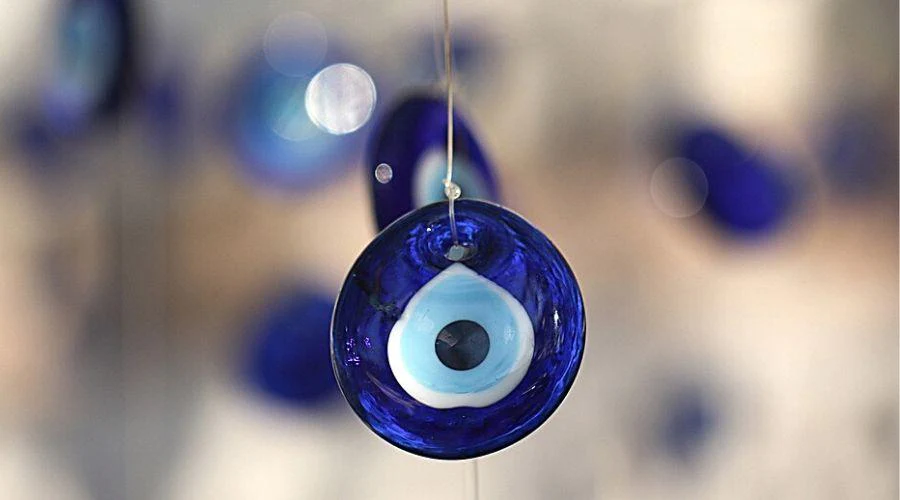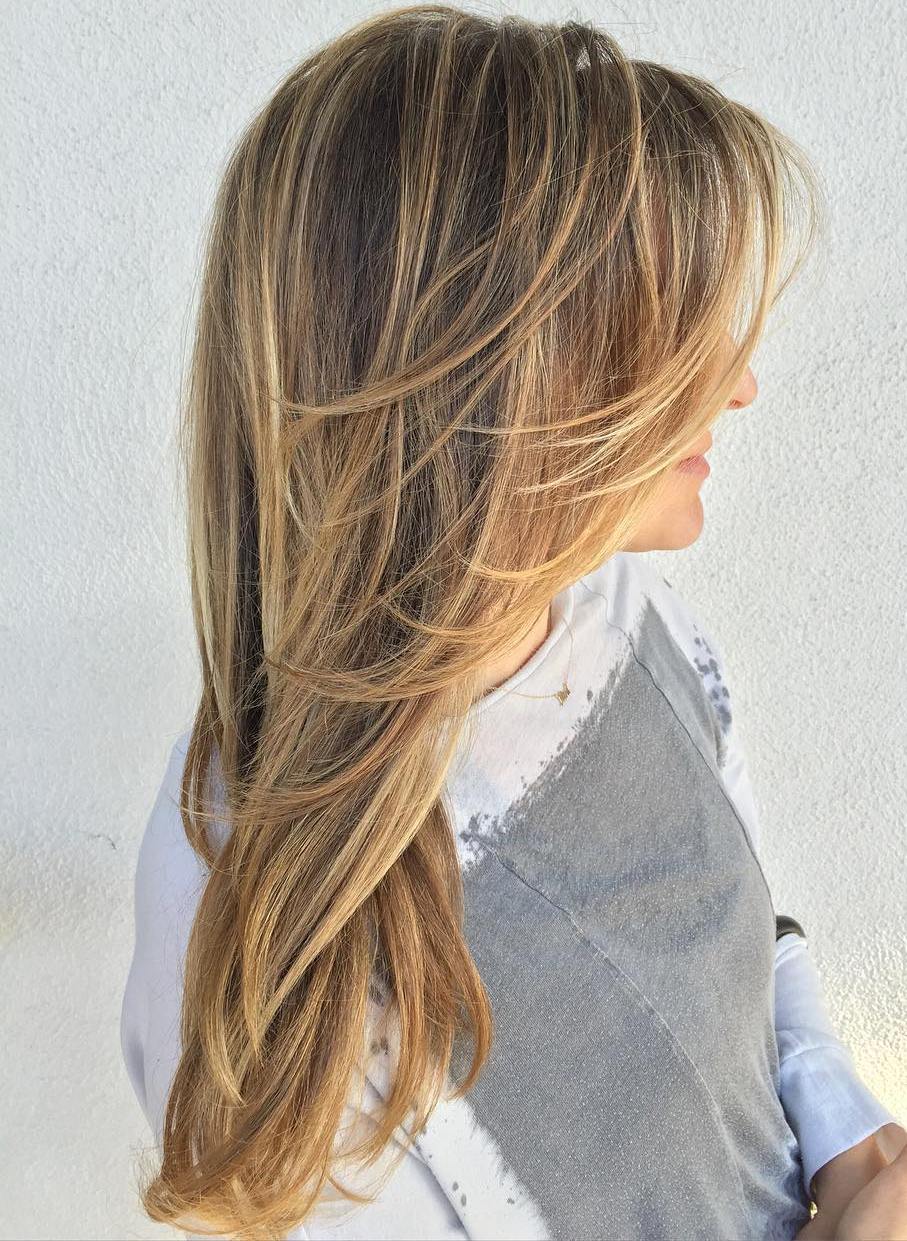
For centuries, the concept of the evil eye has been a pervasive belief in many cultures around the world. Some consider it a mere superstition, while others believe it to be an actual curse that can bring great harm to those who fall under its gaze. But what exactly is the evil eye and where did this notion originate?
The evil eye is believed to be a power possessed by certain people who have the ability to cast curses on others simply by looking at them with envy or jealousy. The idea behind this belief is that negative emotions like envy and jealousy can manifest as the energy that can cause physical harm or misfortune for the recipient of these emotions.
Explaining The Concept Of The Evil Eye
The evil eye is a widely recognized concept that holds significant meaning in different cultures across the world. This notion refers to an ominous look or stare, which is said to cause harm and misfortune upon the person receiving it.
- In many societies, the belief in the evil eye is deeply rooted and has been passed down through generations. It’s considered a powerful force that can bring about sickness, accidents, or even death.
- Many people believe that individuals with striking features or those who possess exceptional qualities are at risk of falling victim to the evil eye. The idea behind this belief is that such traits may attract envy from others who have less fortunate circumstances. Thus, people may inadvertently direct their negative energy towards those they secretly admire but feel resentful towards.
- In some cultures, amulets or talismans are used to ward off the effects of an evil eye glance. These objects could be anything from precious stones to religious symbols worn as jewelry or hung inside homes as decorations. The power of these items lies not in their physical properties but rather in their ability to serve as reminders of positive energy and good intentions amidst all negativity.
The Mysterious And Intriguing Symbol Of The Evil Eye
The evil eye is a symbol that has been used for centuries across different cultures and religions. It typically depicts an eye with dark colors and sharp lines, often surrounded by other symbolic elements such as arrows or snakes. In many belief systems, the evil eye is seen as a curse or hex that can be cast upon someone through envy or jealousy.
The origins of the evil eye are unclear, but it has been traced back to ancient civilizations such as Greece, Rome, and Egypt. Some cultures believe that wearing amulets or charms with the symbol of the evil eye can ward off its negative effects. Others use it in rituals to protect themselves from harm.
Despite its ominous connotations, some people view the evil eye as a source of power and protection. In modern times, it has become a popular fashion accessory with jewelry and clothing featuring the iconic image. The mystery surrounding the symbol continues to intrigue people around the world, leaving us wondering about its true meaning and significance.
Historical Context:
The evil eye is a belief that has been around for centuries in many cultures. It is believed to be a curse or bad luck caused by someone giving a malevolent glare or looking towards another person. The concept of the evil eye originated in ancient Greece, where it was believed that someone could cast a curse on another person just by looking at them.
The cultural significance of the evil eye varies among different cultures, but it is generally considered to be a symbol of protection against the curse. People in some cultures wear amulets and talismans with an eye symbol as protection against the evil stare. In others, they use rituals or prayers to ward off negative energy and protect themselves from harm.
In modern times, the concept of the evil eye has become more mainstream and is used as a decorative motif on clothing, jewelry, and other fashion accessories. Despite its commercialization, it still holds deep cultural significance for many people around the world who believe in its mystical powers and continue to use it as protection against misfortune.
Symbolism:
The symbol of the “evil eye” has different interpretations across cultures.
Middle Eastern
For instance, in some Middle Eastern and Mediterranean cultures, the evil eye is a curse that stems from jealousy or envy. It is believed that someone with an evil eye can cause harm or misfortune to others through their stares. To ward off the curse, people often wear jewelry or amulets shaped like an eye.
Hinduism And Buddhism
In contrast, in Hinduism and Buddhism, the third eye symbolizes enlightenment and spiritual awakening. The third eye is represented as a chakra located between the eyebrows that allows one to see beyond physical reality into a deeper level of consciousness.
Native American Culture
Moreover, in Native American culture, feathers are considered sacred symbols used for communication with spirits and ancestors. Feathers are often worn by dancers during powwows as ceremonial regalia to honor tradition and spirituality.
Overall, symbolism varies greatly across cultures due to differences in beliefs and customs. While some symbols may have negative connotations in certain regions of the world, they may hold positive meanings elsewhere.
Superstitions:
The evil eye is a belief found in many cultures around the world. It is believed that certain people have the power to cast an evil spell or curse simply by looking at someone or something with envy or jealousy. This belief dates back thousands of years and can be found in ancient Greek, Roman, and Middle Eastern cultures.
Superstitions related to the evil eye vary from culture to culture but typically involve wearing amulets or charms believed to provide protection against its negative effects. These items can include simple objects like horseshoes, clovers, or crosses, as well as more elaborate pieces of jewelry adorned with precious stones.
Despite being considered a superstition by some, many people still take the concept of the evil eye seriously and believe that it can cause harm if not properly protected against. As such, it remains an important part of many cultures around the world today.
Protection:
The evil eye is a belief that certain people can cast curses or harm through their gaze. The concept of the evil eye is prevalent across many cultures, and it’s often believed to be caused by envy or jealousy directed towards someone else. To ward off the evil eye, people have developed various protection techniques.
1- Amulets Or Talismans
One common way to protect oneself from the evil eye is by using amulets or talismans. These are objects imbued with protective powers, such as a Hamsa hand or an Evil Eye bead. Wearing these items on one’s person can help deflect any negative energy directed towards them.
2- Performing Rituals Or Prayers
Another method for warding off the evil eye involves performing rituals or prayers. In some cultures, reciting specific prayers or lighting candles can help protect against the curse of the evil eye.
3- Performing Cleansing Ceremonies
Additionally, some people believe in performing cleansing ceremonies like smudging with sage to cleanse one’s aura and remove any negative energy that may attract bad luck or ill wishes from others.
Modern Adaptations:
The evil eye is a concept that has been around for centuries, originating in ancient Greece and spreading to many cultures throughout the world. It is believed to be a curse or bad luck caused by a malevolent glare from someone who harbors jealousy or ill will towards the person being looked at. The symbol of the evil eye has been used for centuries as protection against this harmful energy.
In modern times, the evil eye symbol has gained popularity in fashion and decor. It can be seen on clothing, jewelry, home decor items such as pillows and wall art, and even phone cases. These modern adaptations often feature colorful variations of the traditional blue and white design, allowing people to incorporate it into their personal style.
While some may use the evil eye solely for its aesthetic appeal, others still believe in its protective powers. Whether worn as jewelry or displayed in one’s home, it serves as a reminder to ward off negative energy and stay protected from harm. As our society continues to embrace different cultural beliefs and traditions, it’s no surprise that the symbolism of the evil eye remains relevant today in both fashion and decor.
Conclusion:
The evil eye, also known as the Nazar or mal de ojo, is a superstition that dates back to ancient times. It is believed to be a curse caused by envy and jealousy, which can bring misfortune and bad luck to its target. In some cultures, it is thought to be caused by the gaze of an envious person or even just by admiring something too much. The belief in the evil eye has persisted for centuries across different regions of the world and continues to fascinate people today.
Despite being widely regarded as a myth or superstition, many still take precautions against the evil eye. This can include wearing talismans or amulets designed specifically to ward off its effects, such as blue beads or hamsas. Some even go so far as to perform rituals or prayers for protection against it. The enduring fascination with the enigmatic evil eye may stem from its association with deep-seated human fears and anxieties about harm coming from unknown sources.
While scientific explanations exist for certain symptoms associated with the evil eye, such as headaches or nausea caused by stress and anxiety, many still believe in its supernatural power. Whether viewed through a lens of cultural tradition or personal belief, there is no denying that the enduring fascination with this mysterious phenomenon will continue for years to come.







